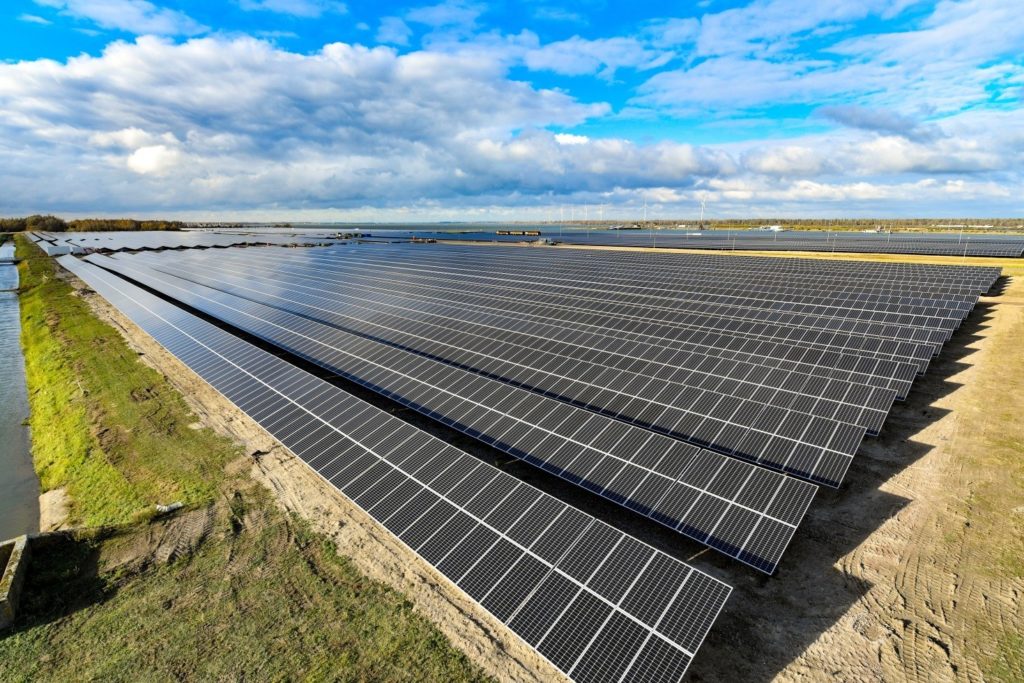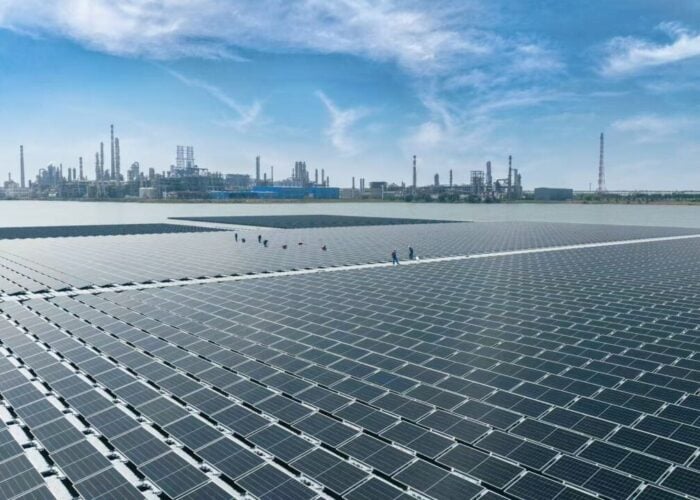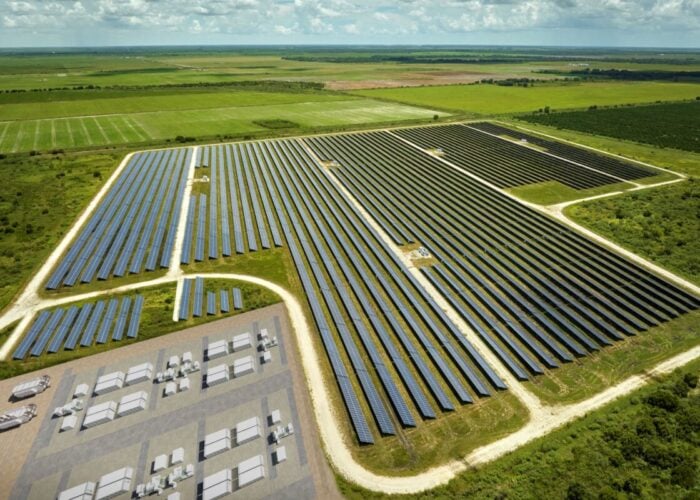
There are currently over 40GW of Chinese-made solar modules in storage across Europe with a cumulative value of around €7 billion (US$7.8 billion), according to data from research firm Rystad Energy.
As global PV supply has concentrated in China over recent years – stemming from polysilicon production- – Chinese manufacturers have been able to lower prices and dominate the market despite Europe’s goals to establish a domestic manufacturing base. Combined with European policies which have set ambitious solar deployment targets, imports from China have increased dramatically over recent years, reaching €18.5 billion (US$20.7 billion) in 2022.
Unlock unlimited access for 12 whole months of distinctive global analysis
Photovoltaics International is now included.
- Regular insight and analysis of the industry’s biggest developments
- In-depth interviews with the industry’s leading figures
- Unlimited digital access to the PV Tech Power journal catalogue
- Unlimited digital access to the Photovoltaics International journal catalogue
- Access to more than 1,000 technical papers
- Discounts on Solar Media’s portfolio of events, in-person and virtual
According to figures from the trade body SolarPower Europe, the continent installed 41.4GW of solar PV in 2022, representing a 47% increase on the previous year. Rystad’s data shows that roughly 87GW of modules were imported from China last year, a 112% increase on 2021, leaving over 40GW unaccounted for.
And the disparity in both real numbers and relative growth between imports and deployments is not going to stop, Rystad claim, despite the “excessive inventory” already sitting idle.
So far this year, Chinese imports to Europe have been higher that the equivalent period in 2022; 17% up in January, 22% in February rising to 51% in March, 16% in April and 6% in May. Rystad said that if this continues 2023 will be a record year for imports, reaching 120GW whilst forecast capacity installations are around 63GW.
There are a number of companies looking to develop solar PV manufacturing capacity in Europe, notably French PV startup Carbon and Enel Green Power in Italy. The REPowerEU scheme and its European Solar PV Industry Alliance have announced a 30GW manufacturing target by 2025 and 40% of deployments to be EU-made by 2030, but despite the gradual growth in capacity domestic production has been unable to stay competitive with Chinese prices.
“European countries are desperate to get their hands on affordable solar infrastructure to advance their renewable energy targets, decarbonise and avoid paying elevated prices for new capacity,” said Marius Mordal Bakke, senior supply chain analyst at Rystad Energy. “Although efforts are underway to build a reliable solar supply chain in Europe, the need for panels now means leaders cannot wait until 2025 or later to buy European.”
The Netherlands saw remarkable import statistics last year: almost 45GW of Chinese imports arrived on Dutch shores last year alone, which is more than ten times its annual capacity addition. However, something to bear in mind is this doesn’t appear to account for the ultimate destination, and Rotterdam is the largest port in Europe.
Spain, Germany and France also reportedly all imported more Chinese panels than they deployed from any source.
Looking forwards, Rystad said that the installation backlog arising from skill shortages and critical material delays is unlikely to clear before 2025, whilst imports won’t slow down. There is also the matter of the growing domestic manufacturing industry and incentives for buying those products that will be put in place, and the general industry shift from p-type to n-type technology. In the short-term this won’t be a concern whilst the shift in manufacturing and technology takes place, but the modules in the warehouses certainly have an ultimate shelf-life.
As the EU, the US and India all endeavour to bring PV manufacturing onto their shores, reckoning with the sheer price of Chinese products is going to be challenging.







